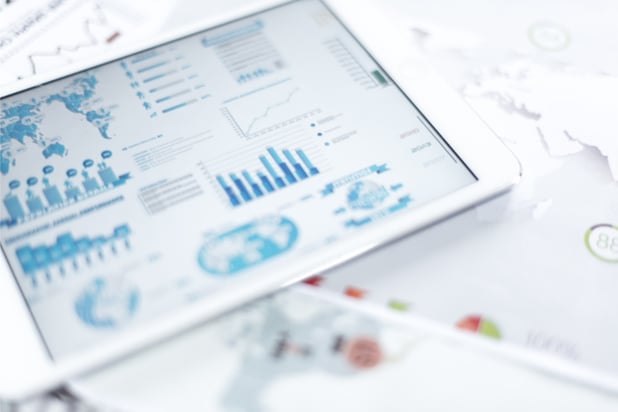

Colleen Zitt, chief risk officer at Zurich North America, spoke to Insurance Business about some key findings from the report such as how to cope with COVID-19, developing strategies to combat climate change, and the importance of mental health to an organization’s success.
“It may sound unique given the current circumstances but reflecting on the journey we have been on over the last two years, there have certainly been some notable achievements,” said Zitt. “There is a sense of optimism for the future.”
Global leaders must identify sources of their biggest pain points to develop comprehensive risk management strategies to improve business resilience.
“There clearly are some very heavy risks and areas of concern such as climate action, economic crises, mental health and the increased nature of cyber risks,” Zitt continued. “The road ahead is uncertain, but I think we have some essential learning guideposts that have helped prepare ourselves to mitigate these risks.”
Reid Sawyer, head of emerging risks at Marsh, also commented on the report, explaining that many participating leaders grappled with the theme of pessimism, but resiliency has stemmed from the lessons learned.
“These lessons of resiliency are paying off with other dimensions of our business psychology,” said Sawyer. “There’s a call to action to reassess risk more holistically and think about dynamics in the workplace, especially with the great resignation we’re facing.”
“We all have to step back and ask ourselves what resiliency looks like. Our reliance on the talent pipeline is going to be tested in terms of how we can internally grow and how we can continue fostering an appropriate work culture that keeps people connected to a company’s purpose,” Zitt added.
Global leaders have begun to understand risks that are posed when it comes to fulfillment. Fulfillment of a company’s mission, employees’ professional fulfillment, and fulfillment of customers’ needs; these conversations have drastically changed over the past four years, as, traditionally, the biggest risks companies faced were externally facing in nature.
Sawyer highlighted three big takeaways from the 2022 Global Risk Report: improving recognition of interconnected risks, the need to have modern tools to measure risk dynamically, and understanding how to adapt to the ‘new normal’.
The infrastructure of risk frameworks needs to be adaptable and agile when addressing all three of these concerns, and leaders should be extremely cognizant of the pace of change, as well as the pace of oncoming risks.
“To enhance infrastructure, [businesses need to] take in more data and optimize the information to a forward-thinking approach,” said Zitt.
Implementing the right data analytics infrastructure enhances a company’s ability to create better risk management tools, but leaders must be aware of what risks are being measured.
“Part of this challenge is figuring out how to look at areas that are working well, while also learning from lessons of the past at the same time,” Zitt mentioned. “Other industries, such as energy and medical fields, have navigated through what has been a very difficult period of change, and understanding how they continue to succeed comes back to the fact that there is a common purpose to implement action.”
2022 is the year for holistic risk assessment, according to Sawyer. Issues such as the great resignation and mental health are playing a vital role in how the industry is responding to external risks that range from cyber to supply chains.
“Organizations have to develop advanced skill sets in how to better anticipate risk over a multi-year time frame and evaluate those into broader plans,” said Sawyer. “Using scenario-based stress testing tools allow organizations to apply and understand how different individual risks can manifest themselves.”
What are the interactions between non-correlated risks to a balance sheet? Should leaders reserve for or transfer those risks? These questions are what the best and leading organizations are asking themselves, according to Sawyer.
Sawyer explained that to understand non-correlated risks, leaders should bring together a diverse group of stakeholders, or participate in global studies that connect different risk themes.
“It comes back to creating the opportunity to foster better awareness and enhance the level of acknowledgement of what risk we’re willing to accept,” said Zitt. “Stepping back and really examining risk appetite and risk tolerance helps create sophisticated, forward-thinking vehicles that really shine light on the areas of risk that leaders may be blind to.”
Successfully assessing risk evidently comes back to mental health, according to Zitt. Employee’s mental well-being impacts performance outcomes, the sustainability of operations and profitability, so understanding mental health risks and the impacts it has to all facets of a business is critical.
“It’s imperative that we re-examine benefit structures, education, touchpoints with an employee base, and understand really what they’re going through as we navigate this new normal, which is quite dynamic,” Zitt added.
“This is going to be critical as we think about building resilient organizations,” said Sawyer. “This report is incredibly instructive to help senior leaders and managers think about the future and recognize competitive advantages when we enter periods of turbulence.”
